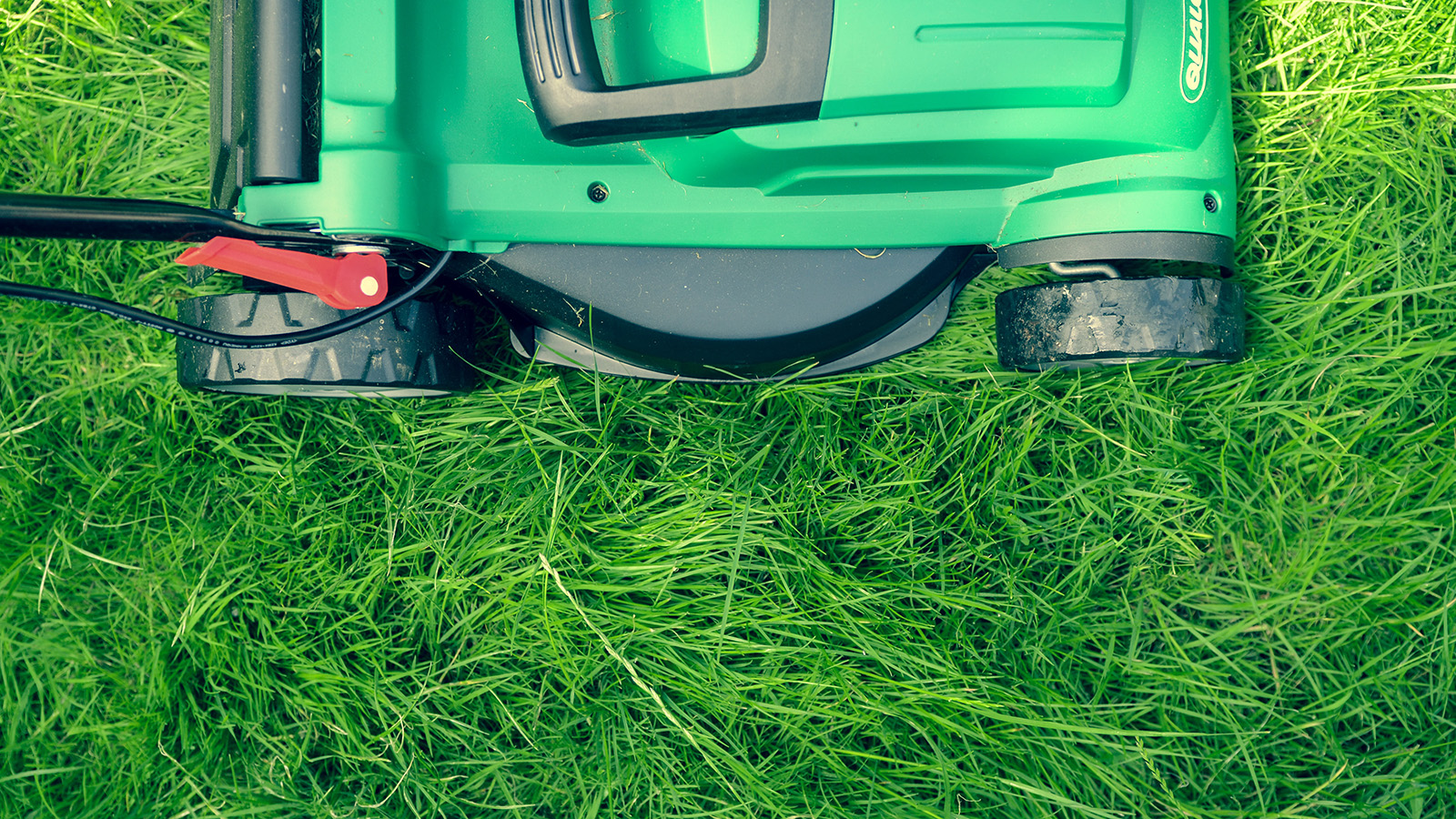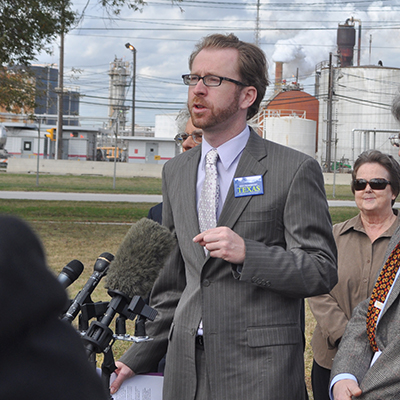
Lawn care goes electric
Gasoline-powered lawn and garden equipment – lawn mowers, string trimmers, leaf blowers, chainsaws, snow blowers and other machines – is noisy, polluting and putting our health at risk. Going electric could do a lot more than make our yards look better.
Downloads
Gasoline-powered lawn and garden equipment – lawn mowers, string trimmers, leaf blowers, snow blowers and other machines – is noisy and polluting, with some machines emitting as much pollution in an hour as driving hundreds of miles in a car. And that pollution is released right in the middle of our neighborhoods, where people live and breathe, putting our health at risk.
Electric lawn equipment is cleaner, quieter – and, over a lifetime of use, often cheaper – than gasoline-powered machines. Moreover, electric options are often just as capable as fossil fuel versions.
Here’s why your household, city and state should shift to electric lawn equipment:
How dirty is gas-powered lawn equipment?
The gasoline engines in many leaf blowers, snow blowers and lawn mowers emit far more health-threatening pollution than typical cars.

Photo by staff | TPIN
Based on emissions of smog-forming pollutants. See methodology below for details.
Pollution from those millions of lawn and garden machines adds up. According to data for 2020 from the U.S. Environmental Protection Agency, fossil fuel-powered lawn equipment emitted …
- Nearly 22,000 tons of fine particulates – pollutants that have been linked to respiratory ailments, reproductive and mental health issues, and even premature death. That’s as much pollution as would be produced annually by 234 million typical cars.
- More than 68,000 tons of nitrogen oxides and 350,000 tons of volatile organic compounds – the two chemical components of ground-level ozone, which triggers asthma attacks and contributes to premature death. Nitrogen oxide emissions from lawn equipment are equal to annual emissions from 30 million typical cars.
- More than 30 million tons of carbon dioxide, the leading cause of global warming. That’s more climate-altering pollution than was produced in the city of Los Angeles in 2021.
- A wide array of chemicals that cause cancer, including benzene and formaldehyde. This pollution takes place in our neighborhoods where children, seniors and other vulnerable people live.

Photo by staff | TPIN
Based on emissions of smog-forming pollutants. See methodology below for details.
How much pollution is produced by lawn & garden equipment in the U.S., in my state and in my county?
Why is electric lawn equipment a better choice?
Electric lawn equipment is increasingly easy to find at major hardware stores and suppliers, with dozens of options for electric mowers, trimmers and other types of equipment currently on the market.
- Electric lawn equipment sometimes has a higher initial price tag but saves money over time due to lower fuel and maintenance costs – usually paying back the initial investment in just one to three years.
- Electric lawn equipment is often comparable in quality and performance to gasoline-powered equipment.
- Electric lawn equipment is far quieter than gasoline-powered versions and produces reduced vibrations – making it healthier and safer to use.
- Electric equipment is also making inroads in the commercial sector, with an increasing array of available options.
What can cities and states do to encourage electric lawn equipment?
Leading cities and states around the country are taking action to encourage the transition from gasoline-powered lawn equipment to clean electric options. Encourage your local and state governments to take the following steps:
- Lead by example by adopting electric lawn equipment for their own facilities. Working with the American Green Zone Alliance (AGZA), the city of South Pasadena, Calif., fully transitioned its maintenance operations to electric equipment.
- Create financial incentives to encourage the purchase of electric lawn equipment. In 2023, for example, Colorado adopted legislation that will provide a 30% discount on electric lawn mowers, leaf blowers, trimmers and snow blowers. In addition to rebates and tax credits, governments should consider loan programs to help commercial landscapers afford the upfront cost of electric equipment.
- To meet the particular needs of commercial landscapers, provide opportunities for education, training and technical support.
- Consider policies that phase out sales of gasoline-powered lawn equipment over time and/or restrict the use of the noisiest and most polluting equipment under certain circumstances.
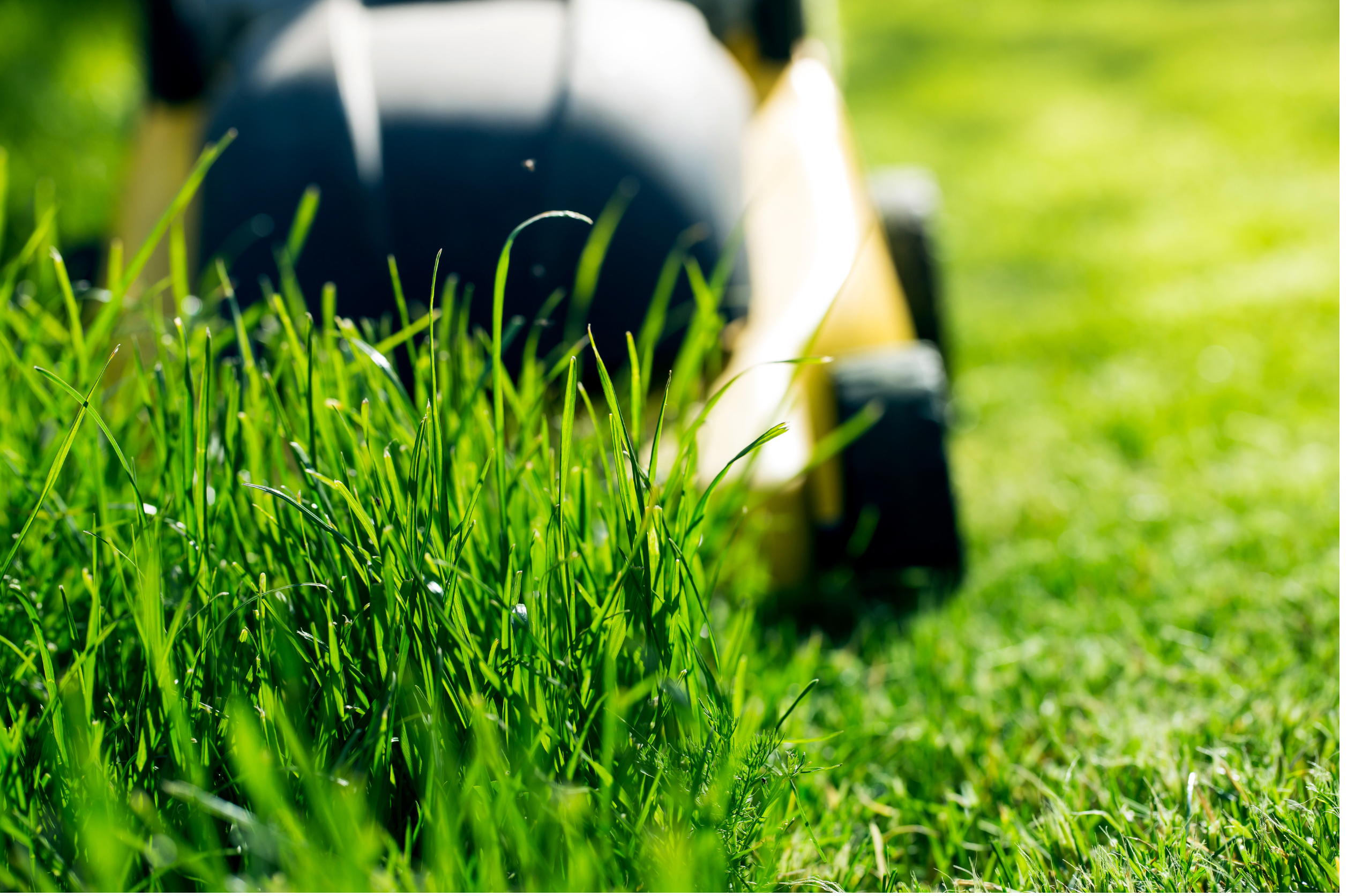
Tell the governor: Ditch dirty gas mowers & leaf blowers to clean up our air
We need to phase out dirty gas lawn mowers and leaf blowers to make our air safer to breathe.
Methodology
Based on California Air Resources Board data for smog-forming emissions from a best-selling commercial leaf blower, lawn mower and light-duty vehicle, equating one hour of leaf blower usage with approximately 15 hours drive time and one hour of lawn mower usage with 300 miles driven. Smog-forming emissions vary with vehicle speed and driving conditions and may vary depending on specific circumstances.
A detailed methodology for the data presented on this website, along with sources, can be found in the downloadable PDF of the full report.
Starting Jan. 1, 2024, consumers and businesses can take advantage of a new tax credit on electric lawn mowers, leaf blowers, trimmers, snowblowers and more in the form of a 30% immediate discount at participating retailers. For more details and to find out where to go to enjoy the new discount on electric lawn equipment in Colorado, visit our tip guide.
Topics
Authors
Tony Dutzik
Associate Director and Senior Policy Analyst, Frontier Group
Tony Dutzik is associate director and senior policy analyst with Frontier Group. His research and ideas on climate, energy and transportation policy have helped shape public policy debates across the U.S., and have earned coverage in media outlets from the New York Times to National Public Radio. A former journalist, Tony lives and works in Boston.
Louis Sokolow
Former Policy Associate, Frontier Group
Kirsten Schatz
Clean Air Advocate, CoPIRG
Kirsten joined CoPIRG's staff in 2022 and is focused on fighting for clean air for Coloradans and transforming transportation systems. Previously, she oversaw The Public Interest Network's efforts to engage alumni/former employees and volunteers in the network's work, specializing in communications and organizing events in dozens of cities. Kirsten lives in the Denver area with her husband and two children, where she is an avid hiker, biker, church choir member and gardener.
Luke Metzger
Executive Director, Environment Texas
As the executive director of Environment Texas, Luke is a leading voice in the state for clean air and water, parks and wildlife, and a livable climate. Luke recently led the successful campaign to get the Texas Legislature and voters to invest $1 billion to buy land for new state parks. He also helped win permanent protection for the Christmas Mountains of Big Bend; helped compel Exxon, Shell and Chevron Phillips to cut air pollution at four Texas refineries and chemical plants; and got the Austin and Houston school districts to install filters on water fountains to protect children from lead in drinking water. The San Antonio Current has called Luke "long one of the most energetic and dedicated defenders of environmental issues in the state." He has been named one of the "Top Lobbyists for Causes" by Capitol Inside, received the President's Award from the Texas Recreation and Parks Society for his work to protect Texas parks. He is a board member of the Clean Air Force of Central Texas and an advisory board member of the Texas Tech University Masters of Public Administration program. Luke, his wife, son and daughters are working to visit every state park in Texas.
Find Out More
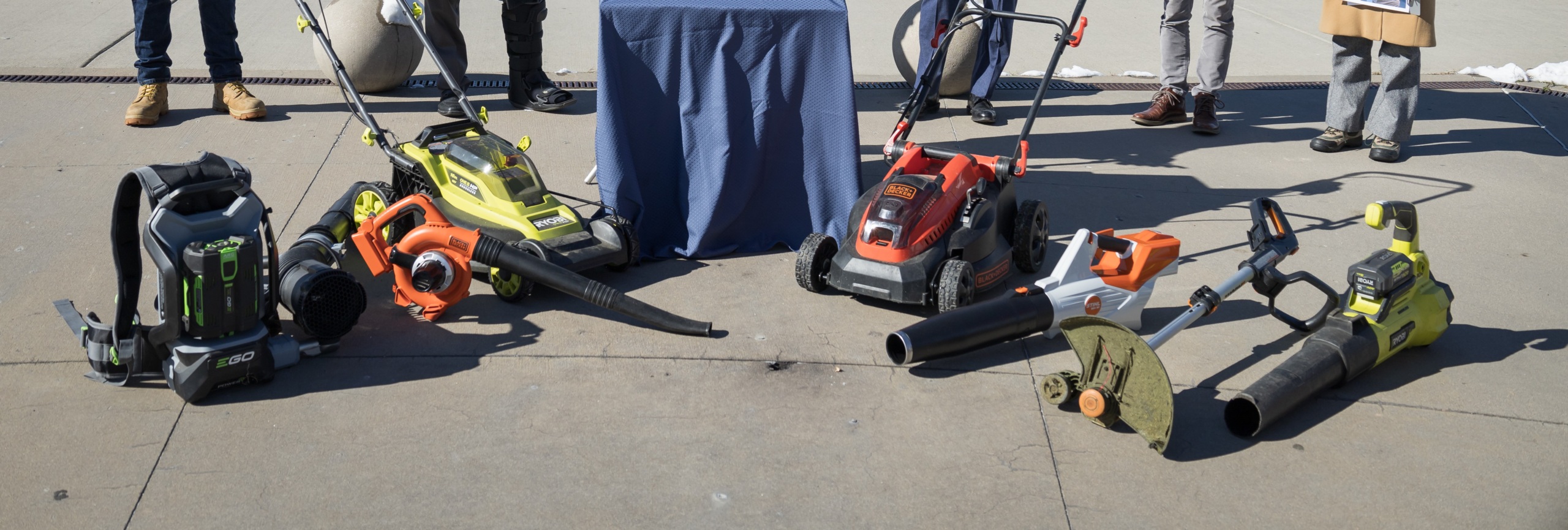
How to unlock savings with Colorado’s new electric lawn mower tax credit
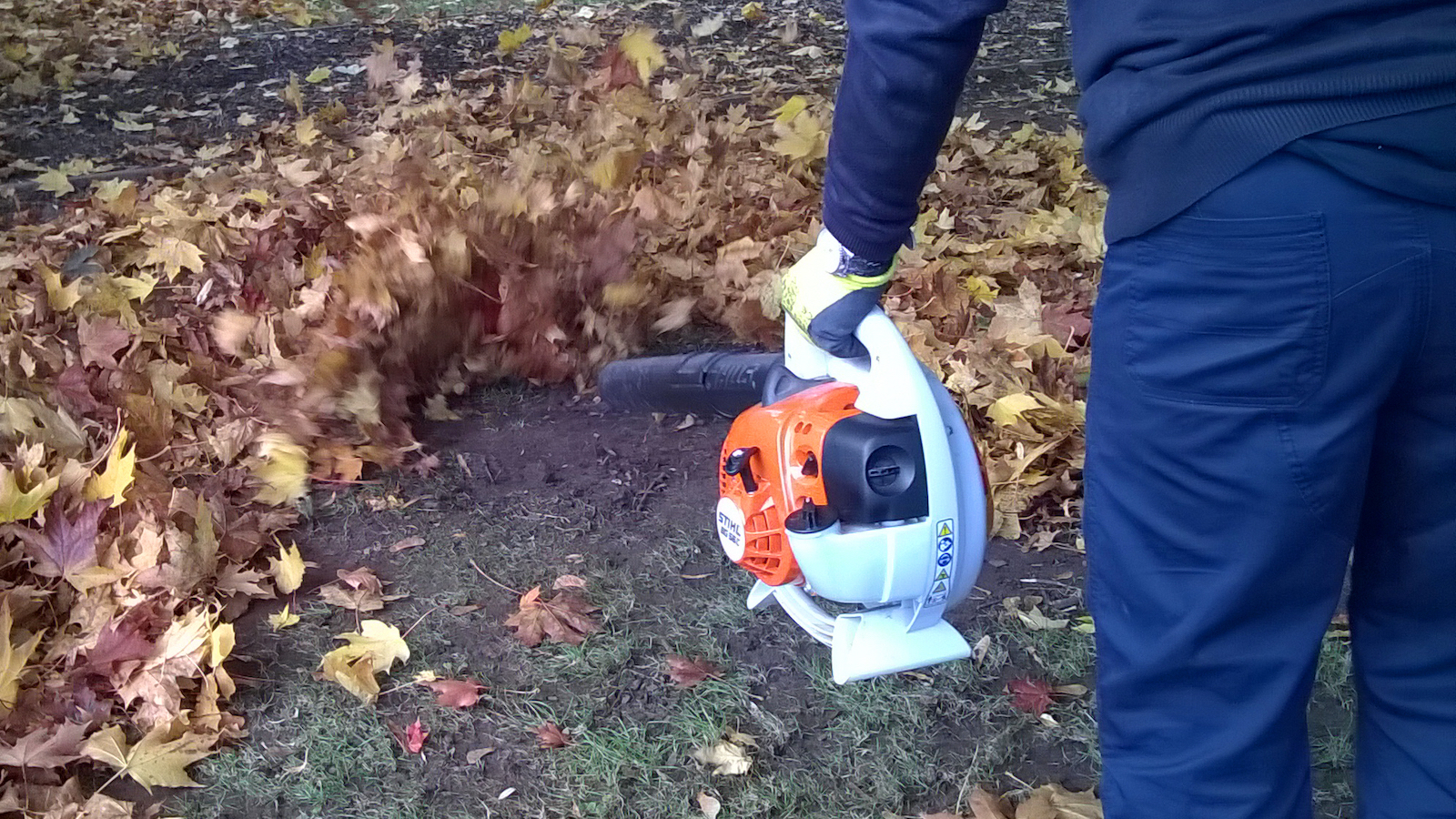
Public comment to Air Quality Control Commission on pollution from lawn equipment

Green schools guide

